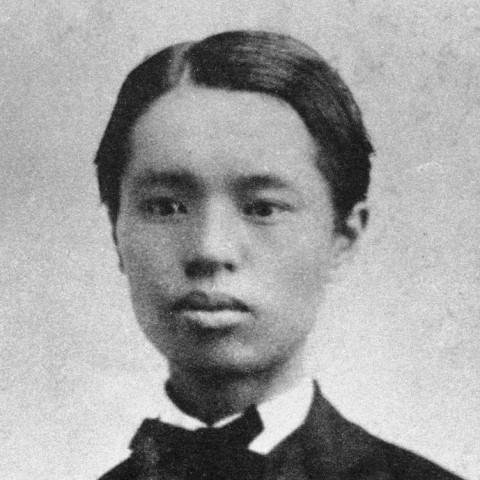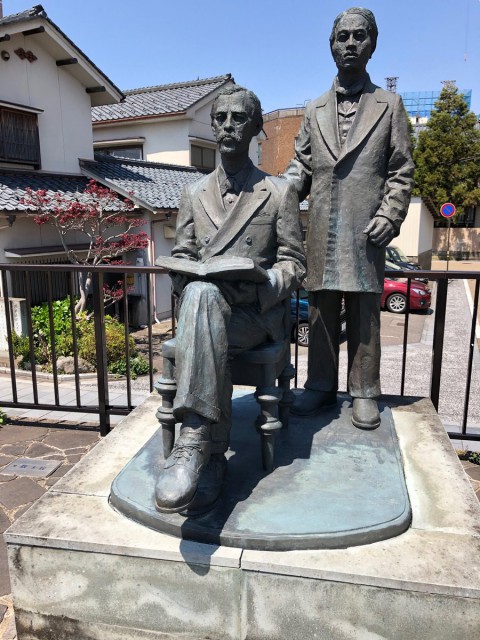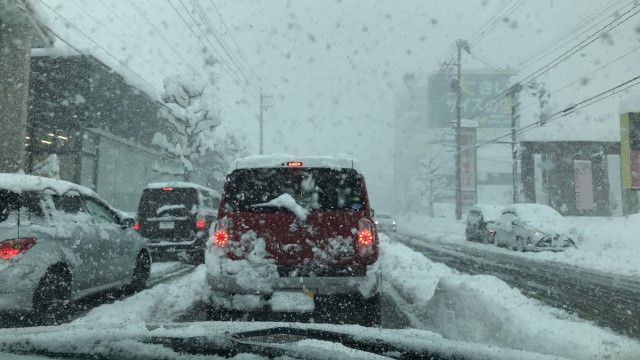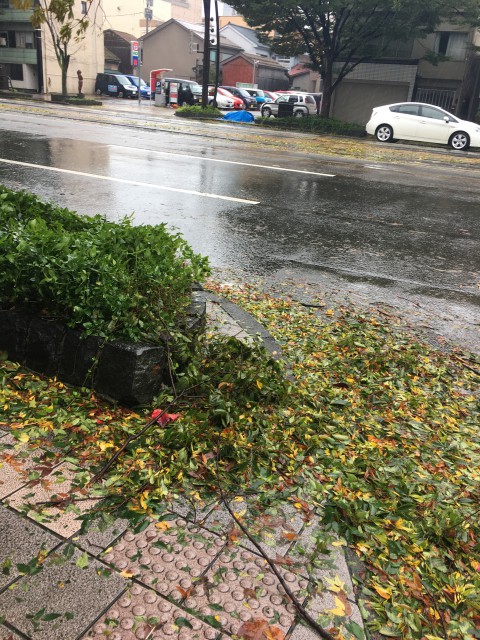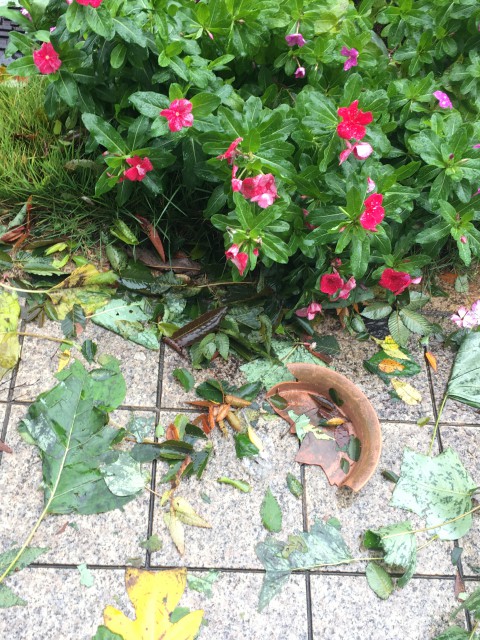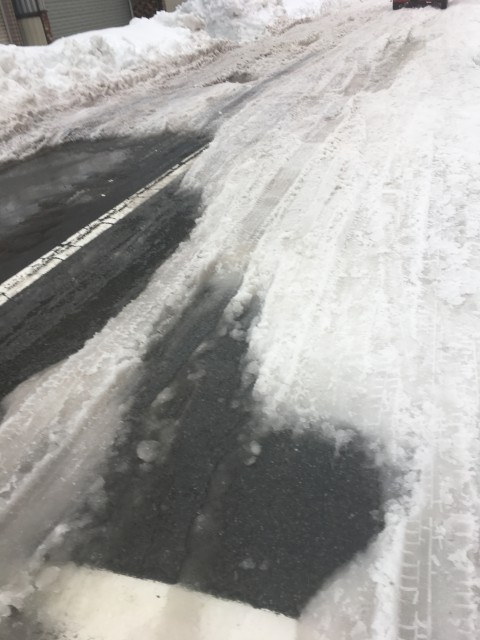Man who loved Fukui: W.E.Griffis’s 150th anniversary of the first visit to Japan
2020.06.07
-This blog follows my last blog The very first student studying abroad from Fukui: Taro Kusakabe.
The letter that Griffis received was an invitation from Fukui Domain. And, Griffis left for Japan in 1870. Griffis taught in the domain school in Fukui City. He taught chemistry, physics, German, and French. The Fukui Domain built a chemistry laboratory that was rare at that time, and made new textbooks. These show the Fukui Domain was active in education. He taught his classes in English with a Japanese interpreter.
In Fukui, Griffis met Taro’s father, Kimimasa Yuri, and Tsunatsune Hashimoto (the first Red Cross Hospital’s director), who is a younger brother of Sanai Hashimoto. Griffis stayed in Fukui for only 11 months, but he achieved significant results and his students were active in their respective areas in the Meiji Period.
Afterward, Griffis went to Tokyo in 1874, but his health broke down due to his hard work and he left Japan. Since returning to America, Griffis worked as a pastor. However, he couldn’t forget about Fukui. He wrote books about Japan one after another, and the books became bestsellers, which introduced Japan to the world.
55 years after, in 1926, Griffis returned to Japan at the invitation of the Japanese government. He was 83 years old. Of course, he visited Fukui, where as many as 1,500 people welcomed him. It is said that he felt that the town of Fukui had changed but the kindness of the people had not. While he was staying in Japan from 1926 to 1927, he toured all over Japan giving talks as many as 250 times, and he urged the audience the friendship between Japan and America, and peace. Later, regrettably, Japan and America walked the path toward war. Griffis died in 1928, the year after he returned to America, without knowing Japan and America entered into a war. This year marks the 150th anniversary of his first visit to Japan. His passion that he spoke at his lectures all across Japan at that time stands up still now. The origin of Griffis, who is a leading authority of study about Japan, was a warm heart-to-heart relationship between him and the people of Fukui. (H.S)
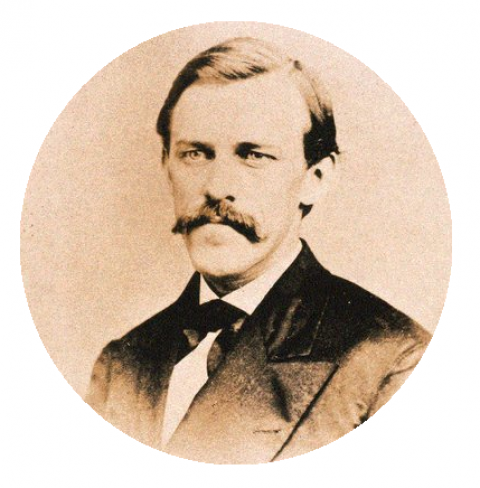
W.E.Griffis

Fukui City Griffis Museum
This museum is a reconstruction of Griffis’s home.

Sundial in front of the Griffis Museum: Griffis’s wife, Sara donated a sundial to Fukui City. But it was lost after the war, so they replicated it based on a document that was kept.


